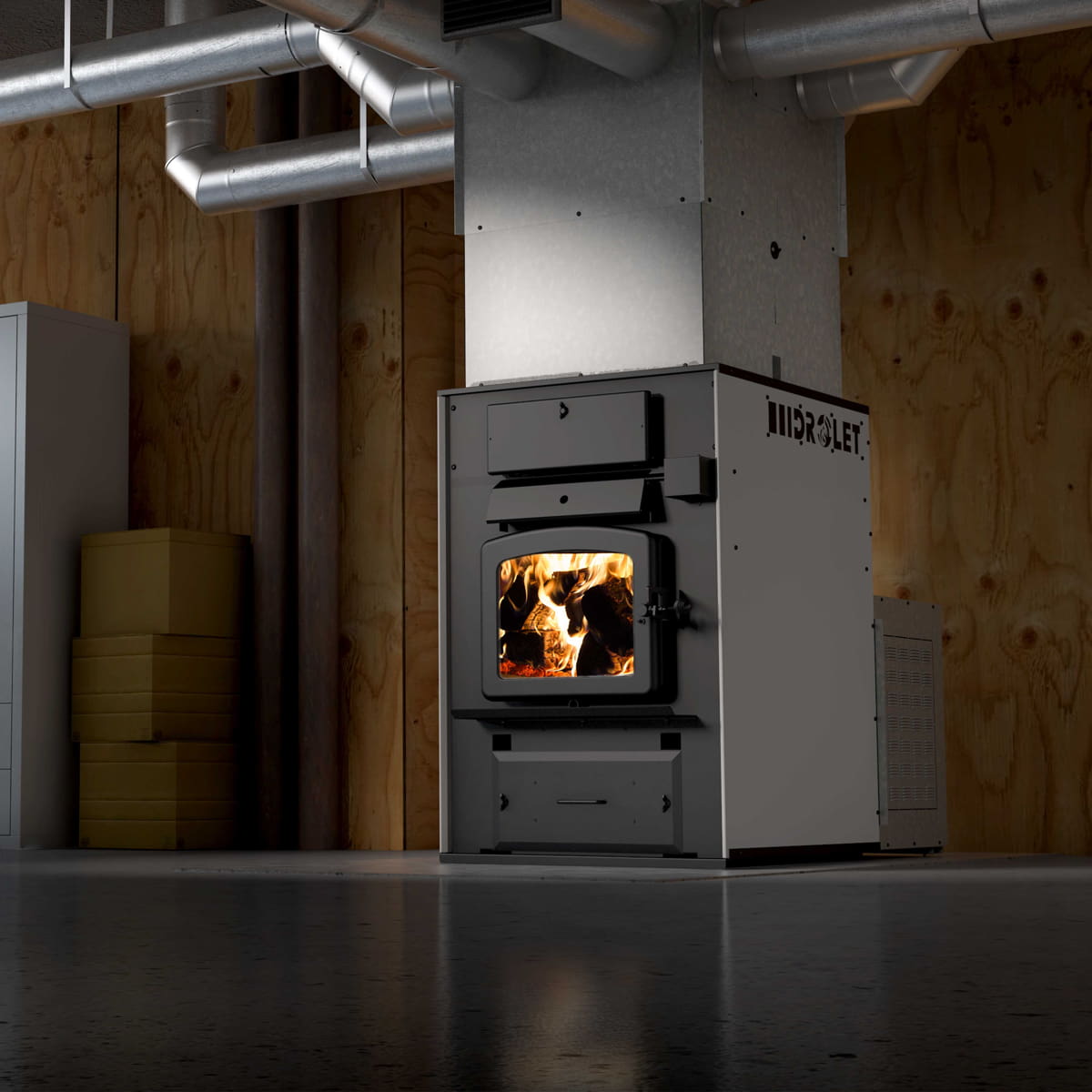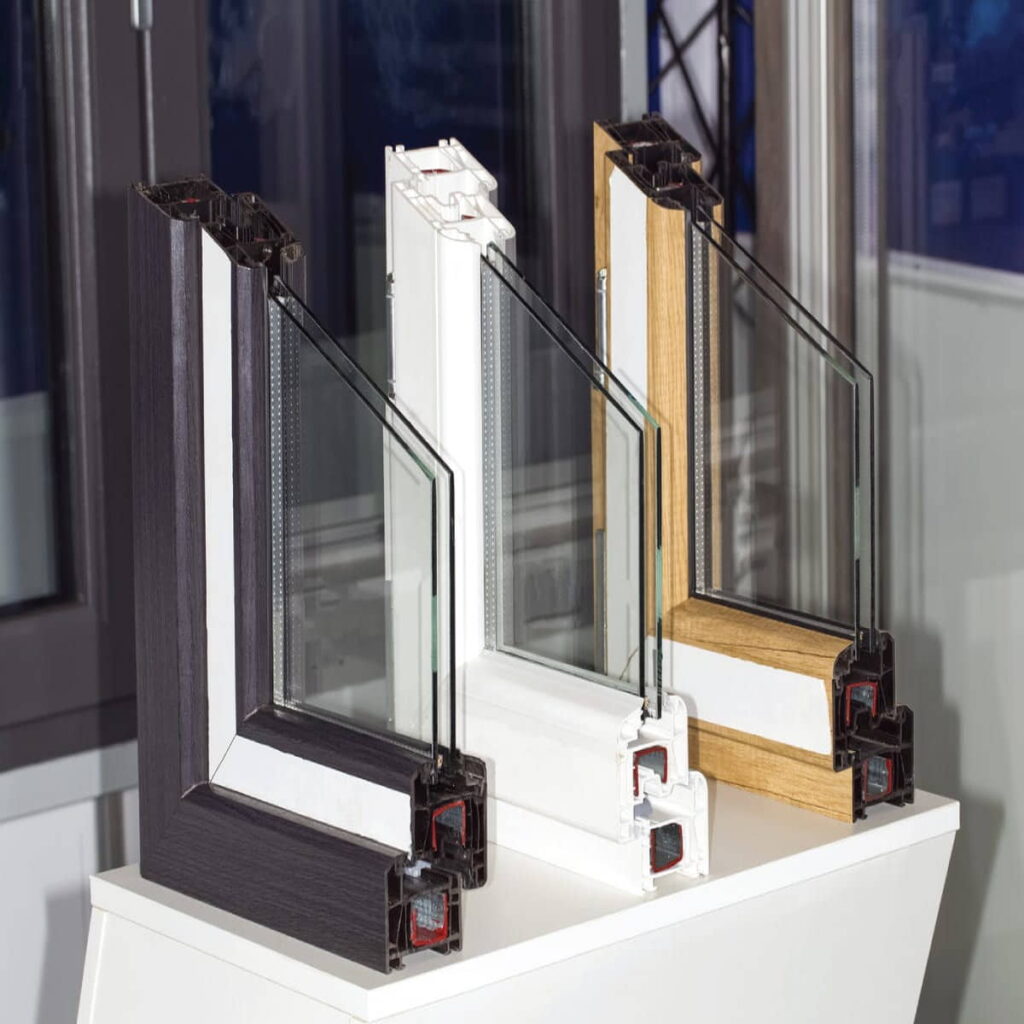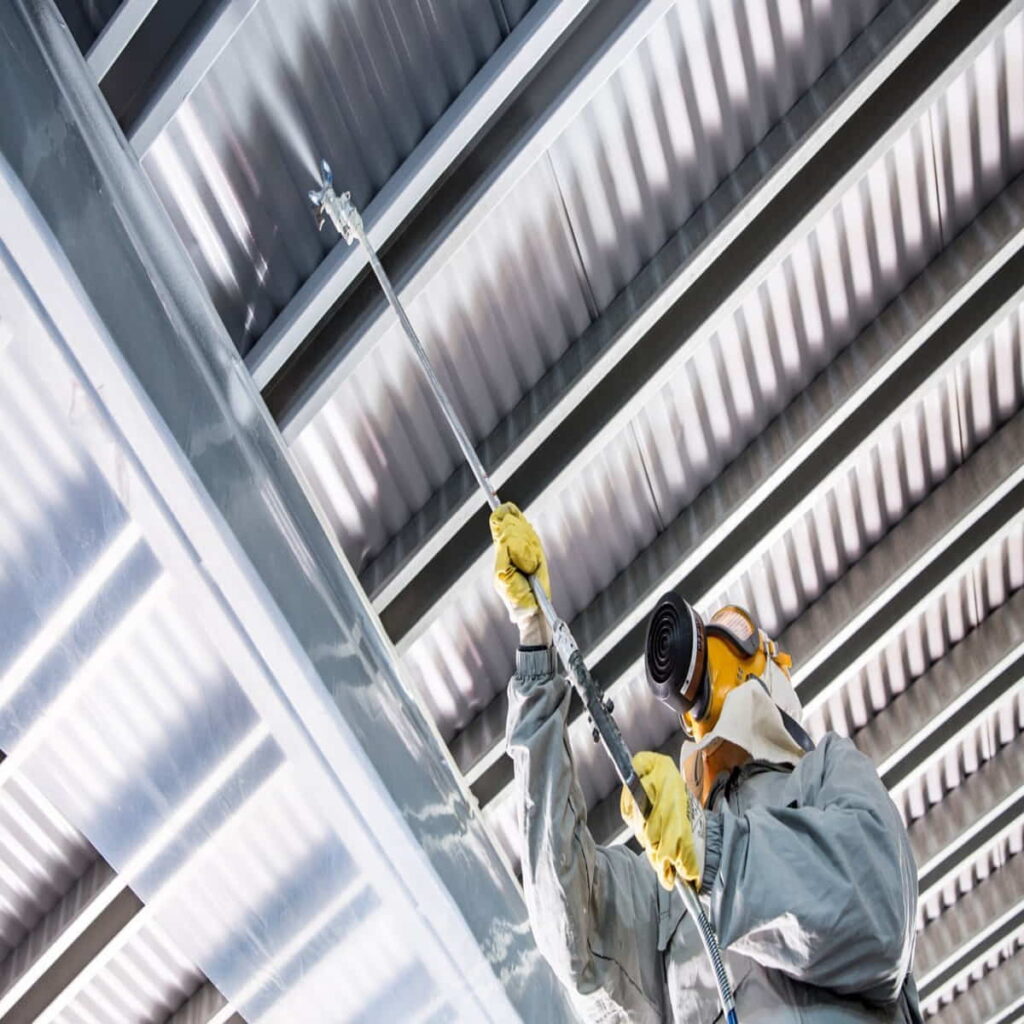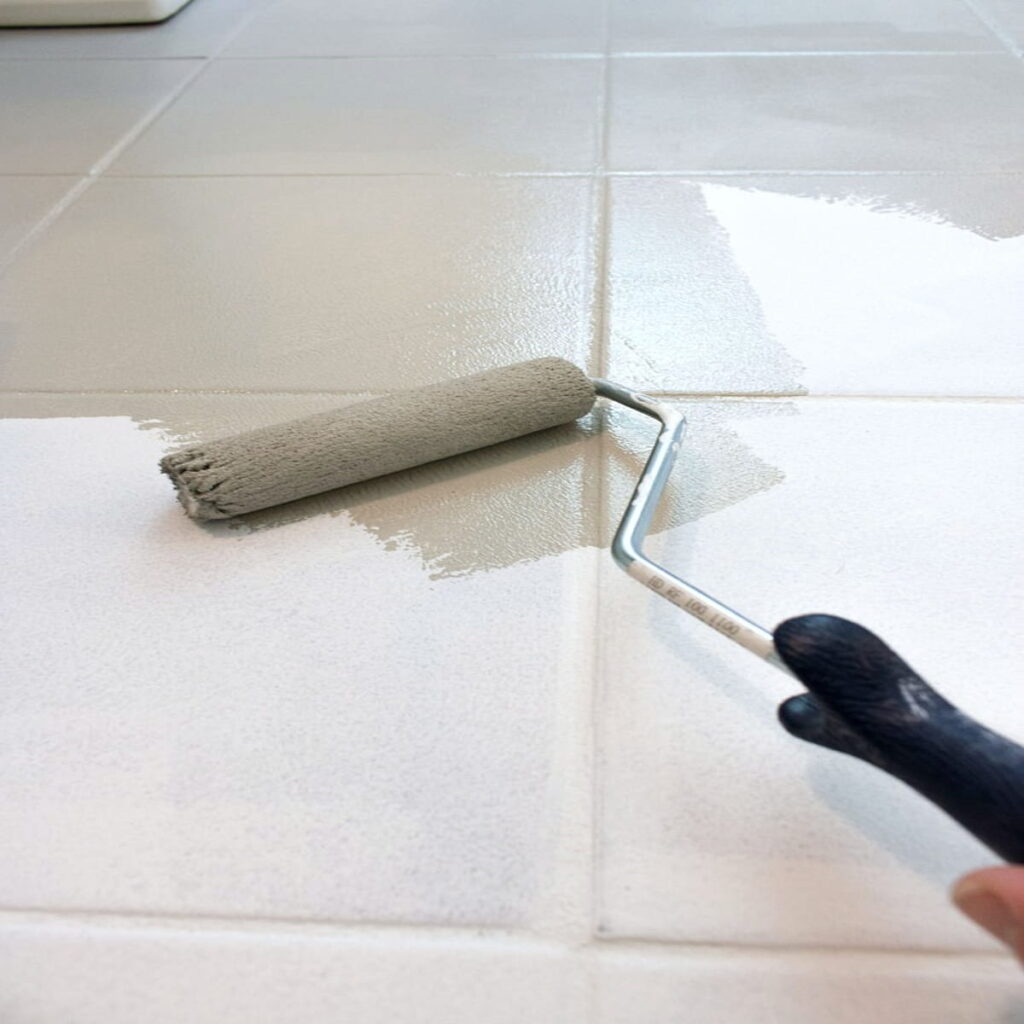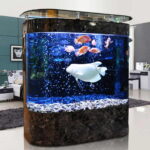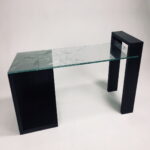Wood furnaces have been used for centuries to provide heat and comfort in homes hence understanding how these furnaces work can help homeowners make informed decisions about their heating systems.
In this article, we’ll explore the inner workings of wood furnaces, from combustion processes to heat distribution, answering the question:
How do wood furnaces work?
How do wood furnaces work : Combustion Process
The key to a wood furnace’s operation lies in its combustion process.
When wood is burned, it releases energy in the form of heat and light.
In a wood furnace, combustion occurs in a controlled environment to maximize heat production and minimize emissions.
Here’s how it works:
How Do Wood Furnaces Work : Fuel Loading and Ignition
Wood fuel, typically logs or pellets, is loaded into the furnace chamber. Ignition can be manual or automatic, depending on the furnace type.
How Do Wood Furnaces Work : Primary Air Intake
As the wood begins to burn, primary air is introduced into the combustion chamber.
This air supply is crucial for the initial stages of combustion.
How Do Wood Furnaces Work : Combustion Zone
The combustion zone is where the wood fuel reacts with oxygen from the air, producing heat, carbon dioxide, water vapor, and other byproducts.
How Do Wood Furnaces Work : Secondary Air Injection
Many modern wood furnaces feature secondary air injection systems.
This additional air supply helps complete combustion, reducing smoke and increasing efficiency.
How Do Wood Furnaces Work : Heat Transfer
The heat generated from combustion is transferred to a heat exchanger or directly to the air circulating through the furnace.
How Do Wood Furnaces Work : Heat Distribution
Once heat is generated within the wood furnace, it needs to be distributed effectively throughout the home.
This process involves several components and mechanisms:
Heat Exchanger
In wood furnaces with a heat exchanger, hot combustion gases pass through the exchanger’s tubes or plates.
Cold air from the house is forced over these surfaces, absorbing heat and becoming warm air.
Blower System
A blower or fan system is used to circulate the heated air throughout the house via ductwork.
This ensures even distribution of warmth to different rooms.
Thermostat Control
Many wood furnaces are equipped with thermostat controls that regulate the blower system based on temperature settings.
This improves energy efficiency and comfort.
Heat Recovery
Some advanced wood furnaces incorporate heat recovery systems to capture and reuse excess heat that would otherwise be lost.
How Do Wood Furnaces Work : Efficiency and Environmental Impact
Wood furnaces have evolved significantly in terms of efficiency and environmental impact.
Modern designs focus on reducing emissions and maximizing heat output.
Here are key factors that contribute to their efficiency:
Insulation and Sealing
Proper insulation and sealing of the furnace and ductwork prevent heat loss, improving overall efficiency.
EPA Certification
Many wood furnaces are certified by the Environmental Protection Agency (EPA) for low emissions.
These models use advanced combustion technology to burn wood more cleanly.
Efficient Combustion
The use of secondary air injection, along with optimized combustion chamber designs, ensures more complete and efficient burning of wood fuel.
Fuel Quality
Burning seasoned wood with low moisture content contributes to cleaner combustion and higher heat output.
How Do Wood Furnaces Work : Maintenance and Care
To ensure optimal performance and longevity of a wood furnace, regular maintenance and care are essential.
Here are key maintenance tasks:
Cleaning
Regularly clean the combustion chamber, heat exchanger, and flue to remove ash, soot, and debris.
Inspection
Inspect seals, gaskets, and components for wear and damage. Replace as needed to prevent air leaks and ensure safety.
Chimney Cleaning
Schedule chimney cleaning and inspection to remove creosote buildup, which can pose fire hazards.
Air Filter Replacement
If your wood furnace has an air filter, replace it according to manufacturer recommendations to maintain airflow and efficiency.
How Do Wood Furnaces Work : Final Thoughts
In conclusion, wood furnaces work by harnessing the energy released during wood combustion to produce heat for residential heating purposes.
The combustion process, heat distribution mechanisms, efficiency improvements, and maintenance practices all contribute to the overall functionality and effectiveness of wood furnaces.
Understanding these aspects allows homeowners to make informed decisions regarding their heating systems, ensuring comfort, efficiency, and environmental responsibility.
With careful design, operation, and maintenance, they provide reliable warmth and energy efficiency for homes.

